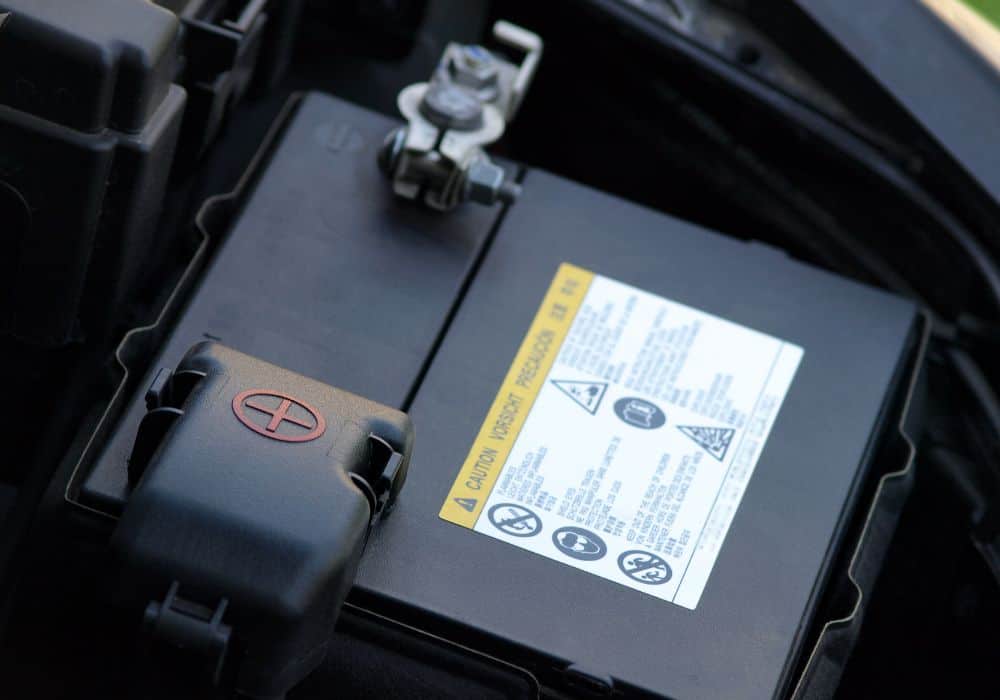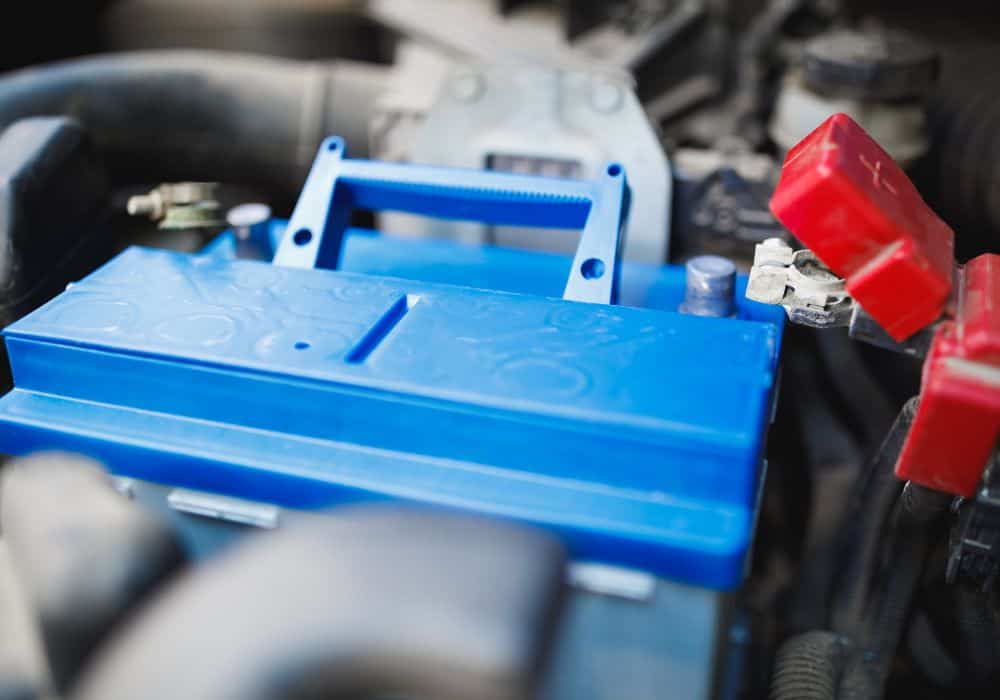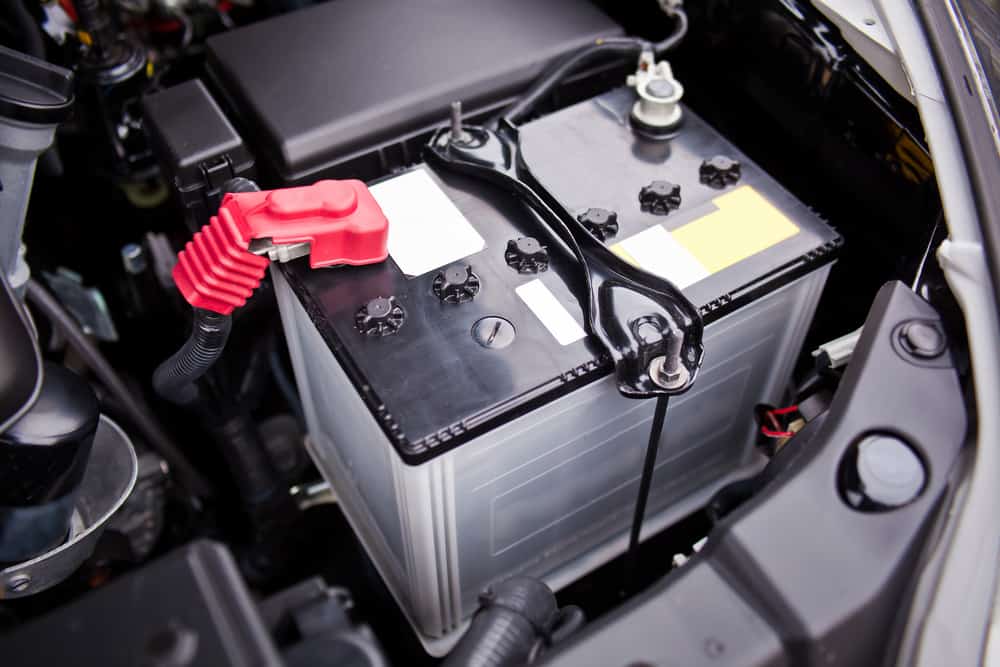Cars come in all shapes, sizes, and powers. But they all require one common thing – a great battery.
Sometimes when we’re fixing our car or updating a vintage model, we’re tempted to experiment with putting in what we think is an “upgraded battery.” We think it will run faster. Run smoother. Be able to run all day and night.
But quite often, the wrong battery leads to absolute catastrophe.
Installing the wrong-sized battery can reduce speed, limit features, and fry the entire electrical system. Choosing a weaker battery can threaten your car’s stability, causing other connected systems to try to compensate, overwork, and literally burn themselves out.
This article will explore why installing the wrong battery in your car is a fatal mistake. Whether it’s too big or too small, too powerful or too weak, we’ll highlight why you need to research a compatible battery and, most importantly, how to find the perfect match!
We will split the problem of a mismatched battery into two main categories. Too small and too big. Within these two categories, we will explain how the wrong size hurts your car across structural integrity, voltage and power, capacity, and the ability to turn on in adverse weather conditions.
Table of Contents
Too small a battery will cause the following:
1. Structural damage
One of the significant concerns of installing a small battery into your car stems from vibrations. Ideally, a battery is properly secured in its compartment to help minimize the effects of vibrations while the vehicle is in motion.
But a smaller battery creates additional space in the compartment and may not be easy to secure. Increased vibrations from driving can shake the battery, leading it to damage itself against its surroundings. The battery will then leak and lead to a significant safety hazard.
2. Lower voltage
Voltage measures the amount of potential electricity your battery can hold. The standard across all cars is usually 12 volts.
Installing a smaller battery with a lower voltage will deprive many of your car’s electronics of the necessary power they need. Don’t be surprised if headlights become dimmer, dashboard displays dwindle, and electronic gadgets and components fail to turn on.
While this may feel like an inconvenience, low voltage can also cause permanent damage to your circuits, causing a fuse to blow and adding considerable repairs to your bill.
3. Low amperage (amp)
The battery amperage measures the strength of its electric current. There are two amp ratings generally used for car batteries; cranking amps and cold-cranking amps (CCA). When installing a brand-new battery, the CCA is particularly important. If mismatched, it may prevent your car from starting.
The CCA measures if your battery can surge a current during freezing temperatures. If your smaller battery has a lower CCA than before, this will stress your car’s starter. Your vehicle will have to work harder and longer to start up, gradually burning the starter and dramatically reducing its lifespan.
4. Failed starters
An undersized battery often finds it more challenging to start and stop quickly. If you are in the habit of taking short trips and start-stop in quick succession, you will cause long-term damage to your battery’s ability to recharge.
Eventually, your smaller battery will lose considerable life expectancy and eventually fail to start in the first place. This will require near-constant jumpstarting from you to repower it or pay for a complete replacement battery.
Too big a battery will cause the following:

1. It physically won’t fit
One of the more obvious reasons why installing a bigger battery than intended can cause a problem is because there is a high chance it won’t actually fit in your car in the first place.
This is because battery compartments are designed to be compact and minimalistic. A bigger-than-expected battery will not be able to fit. There are no two ways about it.
Even if you squeeze a bigger battery into the compartment, chances are there won’t be enough space to properly and safely connect the positive and negative terminals of the battery. Too much pressure surrounding the battery can also damage its structural integrity and cause a leak to sprout.
2. Too high a voltage
Let’s say you own a vintage car, which typically runs on a much lower voltage. Is there any danger in installing a modern battery? The answer is most definitely yes.
By installing a higher-than-expected voltage battery, you run the risk of overcharging and burning out everything that is connected to said battery. Power spikes and surges can fry the internal computer and its accessories and cause damage beyond repair.
The golden rule is never to install a higher-voltage battery than what’s needed. Again, if in doubt, 12V is the average voltage that many modern cars will accept, and vintage cars will typically appreciate a lower voltage of 6V.
3. Higher amps are OK
As we’ve said earlier, CCA is vital to allow your car to start during cold temperatures. It’s an important measurement to consider if you live in colder climates or travel during the winter months.
But what if your bigger battery has a higher CCA rating than your older model?
You’ll be glad to know that a higher CCA rating doesn’t actually harm your car, as other categories have shown. In fact, a higher rating will mean that your battery is well-supported during a cold spell and has more than enough support to start and maintain its power properly.
Additionally, a higher amp leads to higher battery capacity. This, in turn, means your car will have more energy to perform better and for longer. While this might not necessarily translate into a more powerful car, it does give the engine everything it needs to perform to its maximum capabilities.
It must be said that certain battery types, like lead-acid batteries, don’t appreciate higher amp ratings and can actually suffer from it. Don’t take anything for granted; thoroughly research your car’s demands and requirements.
In almost all instances, the negatives of a bigger battery far outway the positives, and a higher amp rating is no reason to compromise other areas of your battery’s functions.
How do I find the right size? Battery Types

If your battery doesn’t physically fit into your car, whether it’s too small to secure or too big to squeeze in, there’s no natural alternative to it; it has to go.
Luckily, car batteries are grouped according to their physical dimensions, including length, width, and height. This makes buying and sourcing car batteries relatively easy once you know the battery category you’re after.
Groups range from 21 to 98 but are not in order of size. This means that a number 68 battery can actually be more significant than a 70-marked battery. The most common are 24, 24F, 27, 34, 35, H6 (48), (49), 65, and 78.
A letter behind the number indicates where the terminals are positioned. Because there is very little room within a battery compartment, positive and negative terminals must align on the correct side – otherwise, you won’t be able to attach the cables!
You can check your owner’s manual or the manufacturer’s website for detailed information on suitable batteries. But if in doubt, you can check this specifications guide from Advanced Auto Parts for a complete rundown of all the different size categories.
Conclusion
As you know, a car is only as good as its battery allows it. Whether replacing an old, dead battery or upgrading a vintage model with the latest tech, you must find a compatible power source.
As our article has showcased, a mismatched battery will cause your car to underperform and can lead to significant, permanent damage. Moreover, the battery will give in at some point, and you’ll be back to finding a new car battery.
We highly recommend referring to your owner’s manual and manufacturer instructions to find the right battery for your car. Don’t be tempted by promises of higher voltage, capacity, and speed – if your battery doesn’t fit, it won’t be able to do anything close to those promises.
Still unsure about batteries for your car? Want to know more about the proper make and model you need? Please comment below if you have questions!
But as always, remember:
- Battery size groups help find compatible batteries for your car’s make and model. Pay particular attention to letters, as these describe where the terminals are located.
- Batteries must be compatible across various factors, including amps, voltage, size, and power, to help the car reach its potential.
- Where possible, try not to experiment too much with a different size battery. It may not physically fit in your car and cannot match your vehicle’s power requirements.
